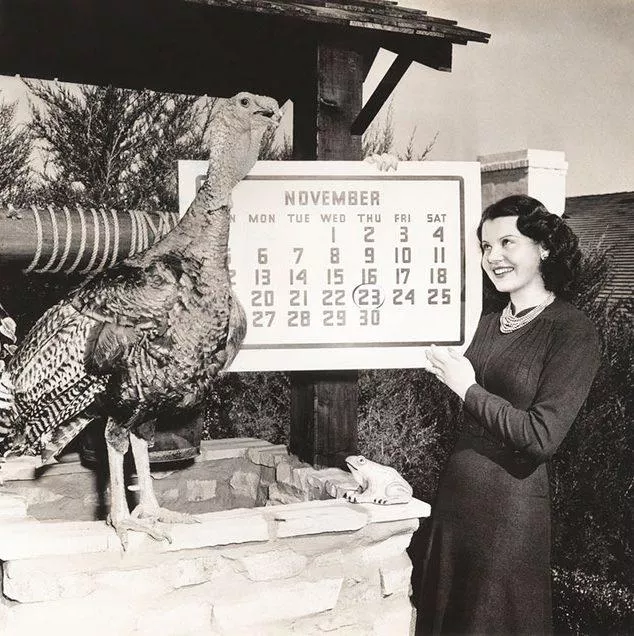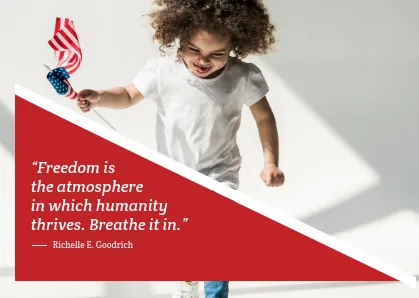A Checklist on Creating Catchy Photo Captions for Social Media
We can call our environment visually driven, but we cannot deny that it is verbal communication that allows us to exchange information with other people and understand what they want from us.
You may have already explored the power of visuals on social media, so now it’s time to master your skills in managing this power with image captions. This article will help you avoid getting stuck with word choice and always come up with perfect copy for your posts.
What is a photo caption?
Let’s start with the basics. A photo caption, or a cutline, is the text that accompanies a photograph, painting, or diagram. Photo captions could be found offline (for example, in art museums), in books, and on websites. In 2020, the most common type of photo cations is the copy block, which accompanies images posted by users on Facebook, Instagram, Twitter, and other social networks.
Copywriters believe there are two kinds of captions:
— Short captions (one-line) or cutlines
— Long captions (title and several sentences of formatted text) or copy blocks
The difference between these types of captions is not only in the amount of information they can convey but also in the nature of this information. Short captions are usually used to explain what is happening in the image. In this case, the image has a primary role. Image copy blocks are there to tell a story. In this case, the image is only needed to capture user attention and illustrate the text.
Captions can also be purely technical. For example, you can fill the caption section of a photo with hashtags that will help Instagram users discover your post.
What tasks can captioning photos perform and why do you need it on social media? Here are some of the functions that photo caption on social networks can perform:
— Explain images
— Call for targeted action
— Increase reader sympathy
— Arouses curiosity and desire to follow the author
— Concretizes and enhances the emotional message of the image
Your image caption can do all of these tasks at the same time. However, if you are just mastering the art of writing catchy captions, we recommend that you focus on one aspect. For example, you can use minimalist captions to explain images briefly, storytelling captions to increase reader sympathy, and call-to-action captions to interact with your audience or sell goods.
https://www.facebook.com/Depositphotos/posts/10157452462766720
Captions for Instagram, Facebook, and Twitter posts
Best length: 138—150 characters (2,200 characters is a maximum)
How many hashtags to use: up to 10, longer hashtags are more engaging
Instagram is about images, so in most posts, the image plays a primary role here. Moreover, users only see the first two lines of your caption in their news feeds. The rest of the text opens on click. Instagram captions cannot contain clickable links, but they can have hashtags and tags from other Instagram accounts. Keep in mind that location and tags are 79% more likely to bring new subscribers and readers.
Best length: up to 200 characters
Maximum post length: 63,206 characters
Facebook allows you to post text without an image. But think twice! Image posts on Facebook have 120% more audience reach (also 53% more likes and 104% more comments than text-only posts). At the same time, statistics show that the most popular posts here consist of less than 70 characters (!). And if your post is more than 250 characters, a further increase in volume has almost no effect on its reach.
Best length: 71—100 characters (280 characters is a maximum)
How many hashtags to use: only one
On Twitter, you can also post texts. And images there increase your engagement rate at 34%. What you need to know about Twitter photo captions is that using only one hashtag raises your chances to be retweeted by 69% and in order to be noticeable for your audience you’ve got to use hashtags that have 11 or more symbols. In this case, you are 117% more likely to be retweeted. And if you’d like to have direct traffic to your website from Twitter, you should use your URL in the middle of your tweet, not at the end.
Advanced photo captioning checklist
Before posting a captioned image to social media, make sure your post meets the parameters we describe below:
✔️ Your caption gives your post additional value
Rule number one: the text under the picture should not describe what users see on the screen. There are technical image tags for this. Social networks have algorithms for recognizing the content of your image. Your caption’s task is to meet the informational or recreational needs of your audience. That is, your text should be useful, engaging, or just fun.
✔️ Your style matches your audience
There is a belief that if your text is important to the audience (for example, it contains valuable advice), your followers will read it to the end, despite difficult vocabulary, lack of proper formatting, and long sentences. And it is really so.
But why not maximize the reach of your useful post? Use short sentences and words, divide the text into paragraphs, use hashtags and emojis to add emphasis to your post.
In addition, learn what words and style your followers use (just go to their accounts and read their recent posts), and then try to recreate that tone of voice.
✔️ Your brand voice is heard clearly
In the previous paragraph, we advise you to consider the linguistic context of your audience. This doesn’t mean you have to sound exactly like the average representative of your target social group. For your brand to be memorable and for your followers to empathize, your brand must ‘become human’. And this means that it should have its own voice, opinion, and character like with colloquial language.
Most likely, your company has a brand book that describes your brand voice and the associations your brand should evoke. Keep a list of these characteristics handy and use it to check the text of your captions before posting.
✔️ Your main message comes first
Photo captions can contain thousands of characters, however, only a small portion of this text is visible to a social media user in their News Feed. Moreover, not all subscribers read your text to the end (more than half of the audience will not read more than one paragraph). The takeaway from you: write the most important things at the beginning of your caption.
At this stage, you may have another question: how to understand what is important in my caption and what is secondary. An important element of your text can be a call to action, the main fact, a main piece of advice described in a post, or an intriguing detail.
✔️ Posts are not overly promotional
Commercial publications (that is, those that directly promote your product and service) traditionally have a low response, so we advise you to create more informative and entertaining content. Do not advertise your products more often than once every four posts, otherwise, you might lose your followers.
✔️ There are no mistakes, fake facts, and wrong formatting in your caption
Even linguistics professors can make mistakes in writing! Reread your caption text and never post text that you haven’t read before.
Keep in mind that the text and structure of a post that looks good in a text editor can look differently on social networks since the screen width of smartphones is smaller than that of your desktop device. Try to break text longer than 4 lines into paragraphs.
✔️ All hashtags, geotags, and name tags are included
In the previous section of this article, we already gave you guidelines on the number and length of hashtags, as well as other features of your captions that raise user engagement. Before posting, check again if your caption has all of these attributes.
✔️ Give your followers a reason to interact with your account
The nature of social networks is about interaction and not one-way info distribution. So think about actions you expect the reader of your post to take, and then ask yourself what you did to get the subscriber to take that action.
There are several basic options to achieve the desired effect: write a question and ask to answer it in the comments, give a link to your page, ask to publish content with a specific hashtag and tag your account. And there are also some advanced interactive content updates in 2020.
https://www.instagram.com/p/CGDCLahnDoo/
Wrapping up
Social networking for brands may seem like rocket science for many. And this is not surprising, since over the decade that Instagram, Facebook, and Twitter have existed, thousands of books have been written on how to properly develop accounts on these platforms. Add to that the in-depth analytics that are posted daily on sites dedicated to social media trends.
However, through all these diagrams, thematic conferences, and practical studies, we seem to have forgotten the main thing. Social networks follow the same principles as traditional communication. People make friends with those who they understand and with whom they have common values. They also follow the recommendations of those they know best and trust.
From this point of view, image captions are not more than our thoughts and feelings that we share with others. And the more authentic, sincere, and clear they are, the more they will be liked and appreciated.












